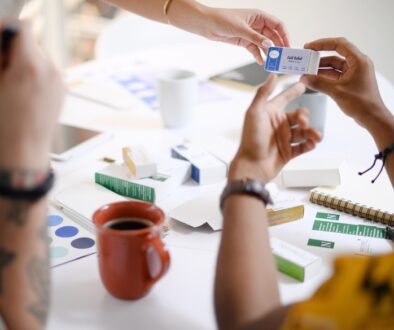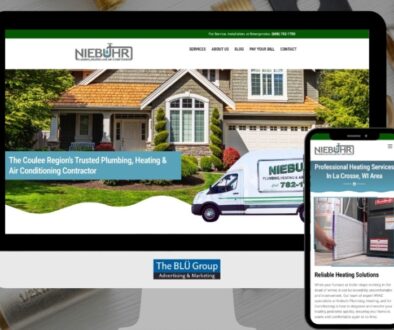Influence Your Designs By Learning From History
While channel surfing one night I came upon a documentary about Manitowoc – Two Rivers, Wisconsin on the Wisconsin Public Television network. This documentary highlighted, among other things, the Hamilton Wood Type Printing Museum in Two Rivers, Wisconsin. This museum is the only museum dedicated to the preservation, study, production, and printing of wood type. How cool is that?! I know there are those that don’t get as excited as I do about printing processes, type, antiques, history, and such. However, this is a form of design that I feel not too many new designers know about.
Now-a-days with everything going faster – computers, design programs, and the internet – I don’t think designers take enough time to slow down, to appreciate not just what they are designing but where the technology has come from. Originally all the type that was on a poster, for example, would have to be hand set. Picking out the different size letters, kerning, leading, mixing the ink, and so much more. It was much more hands on and dirty than it is now. Much more tactile – you could see and feel the character of the wooden letterforms, the texture of the paper, the click clack of the press, and the raspy scrape of the knife as the ink is being mixed. Designers physically touching the type and products used to make their finished design.
Boiling it down – generally, today there is a tapping of keys on a keyboard and clicking of a mouse to have about the same result. I know that there are more steps to the process, but most of it now is done by a computer/machine. The designer just signs off on the proofs after the design’s been approved and it’s off to the printer. What a difference between then and now.
It’s crazy, but as a designer I couldn’t do my job without my Mac and the programs on it. Keep in mind though that a computer, like the programs on it, are just tools. You the designer are the maker – the creation engine. Like designers of old picking their type by hand, you need to make the conscious decisions on for example font use. Just because you love Bodoni doesn’t mean that will work with everything you design. You need to “pick-up” your type, just like designers over 100 years ago, for every project, examine it and make sure it fits with the design. Be hands on, like they were, by thinking about what you want to convey through font choice, paper, layout, kerning, leading, white space, color, and imagery.
I guess what I’m getting at is learn from history and apply it to what you do today. Whether that’s the history of wood type, linotype printing, letterpress, or whatever you fancy. The tactile signals that come from doing something by hand can be very rewarding. You never know what you might learn that you could apply to your next design. Explore, be hands on, and have fun with it.



